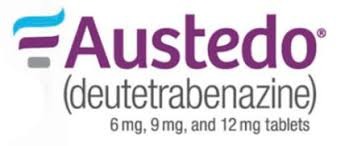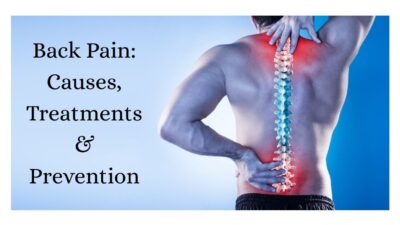Austedo (deutetrabenazine) isn’t just another prescription drug—it’s a precision-engineered VMAT2 inhibitor transforming lives disrupted by involuntary movements. Whether you’re battling tardive dyskinesia (TD) from long-term antipsychotic use or Huntington’s chorea’s relentless tremors, understanding this therapy could be your turning point. Below, we break down everything you need—from brain chemistry to cost savings—in plain language free of medical jargon.
Table of Contents
How Austedo Rewires Your Brain Chemistry
Austedo contains deuterium, a “heavy” hydrogen isotope that slows drug breakdown. This tiny atomic tweak delivers:
- Longer-lasting effects than older drugs like tetrabenazine
- Smoother dopamine regulation in movement-control brain regions
- Fewer dosing spikes (reducing side effect risks)
By inhibiting vesicular monoamine transporter 2 (VMAT2), Austedo reduces dopamine, serotonin, and norepinephrine release at nerve endings. Less dopamine overflow means fewer misfired signals causing:
- Facial grimacing/tongue thrusting (TD)
- Jerky limb movements (Huntington’s chorea)
Note: It manages symptoms but doesn’t cure the underlying disease.
FDA-Approved Uses
| Condition | Key Symptoms Targeted | Real-World Impact |
|---|---|---|
| Tardive Dyskinesia | Lip smacking, jaw swaying, trunk rocking | Restores social confidence; reduces embarrassment |
| Huntington’s Chorea | Random leg kicks, exaggerated gestures, speech slurring | Improves walking safety, utensil control, communication |
Critical insight: 40% of schizophrenia/bipolar patients develop TD after 5+ years on antipsychotics. Huntington’s affects 1 in 10,000—often striking adults aged 30-50.
Dosage Decoded
Austedo offers two formats to match your lifestyle:
| Formulation | Starting Dose | Max Daily | Timing | Food Requirements |
|---|---|---|---|---|
| Austedo IR | 6mg twice daily | 48mg/day | Morning/evening | With food |
| Austedo XR | 12mg once daily | 48mg/day | Any time | With/without food |
Titration protocol:
- Start low (e.g., 6mg twice daily IR)
- Increase by 6mg/week until symptoms stabilize
- Never exceed 48mg/day (24mg/dose)
Special cases: Reduce max dose to 36mg/day if you’re a CYP2D6 poor metabolizer or take strong CYP2D6 inhibitors (e.g., fluoxetine, quinidine).
Side Effects
Expected (usually fade in 2-4 weeks):
- Fatigue (18% of users)
- Dry mouth (9%)
- Diarrhea (7%)
- Nasal congestion (6%)
Serious—stop taking and seek help:
| Risk | Symptoms | At-Risk Groups |
|---|---|---|
| Suicidal thoughts | New depression, panic attacks, insomnia | Huntington’s patients (10x higher risk) |
| QTc prolongation | Fainting, heart palpitations | Those with heart defects or on arrhythmia drugs |
| Neuroleptic malignant syndrome | High fever, rigid muscles, confusion | When combined with antipsychotics |
Boxed Warning: Austedo carries the FDA’s strictest alert for suicide risk in Huntington’s patients. Requires monthly mood check-ins.
Cost Breakdown
While retail prices hit $4,700/month for 60 tablets, nearly 90% pay under $10:
- 30-day free trial: Test effectiveness risk-free
- Copay cards: Insured patients pay $0/month
- Teva Patient Assistance: Uninsured qualifiers get Austedo free
- Medicare/Medicaid: Covered under Part D with prior authorization
Tip: Always use the Teva Shared Solutions portal (1-800-887-8100) for personalized help.
Why Doctors Choose Austedo Over Alternatives
Three game-changing advantages:
- Deuterium engineering = 50% fewer doses than tetrabenazine
- Dual action = Only VMAT2 inhibitor approved for both TD and chorea
- XR flexibility = No more midday dosing at work
Head-to-head comparisons:
- vs. Ingrezza (valbenazine): Austedo works faster (2 vs. 6 weeks for TD relief)
- vs. Xenazine (tetrabenazine): 75% lower risk of depression side effects
Switching From Other Meds
From tetrabenazine to Austedo:
- Stop tetrabenazine entirely
- Start Austedo IR at 50% of your prior dose (e.g., 50mg tetrabenazine → 25mg Austedo/day)
- Split doses morning/evening with meals
- Adjust weekly based on symptom control



